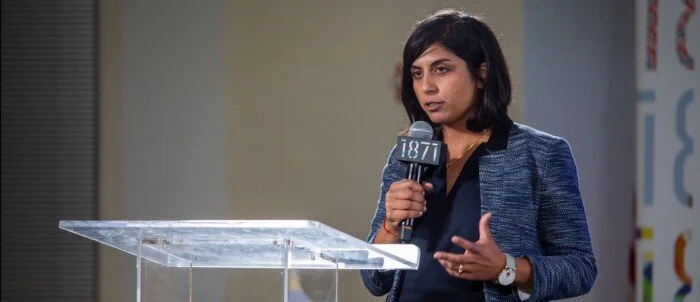By Chris Wu and Clara Purk
Emissions from residential and commercial buildings account for 29% of total US greenhouse gas emissions. Total energy consumption by this sector makes up 40% of total US energy consumption, with 60% of utility-scale electricity generation coming from fossil fuels. As a result, any successful climate mitigation strategy must focus on reducing emissions from the built environment. Energy efficiency programs and onsite renewable energy installations are some of the most cost-effective ways for buildings to cut emissions, as they also reduce energy costs for building owners. Many cities and states are committing to ambitious climate action plans, implementing stricter building energy efficiency and clean energy standards and offering incentive programs for energy efficiency and renewables, providing strong regulatory tailwinds for companies driving improved energy efficiency.
Solution
Brightcore Energy (“Brightcore”) is an “efficiency as a service” company providing project development, implementation and funding for a range of energy efficiency and renewable energy retrofits for commercial and institutional (“C&I”) customers. Its product offerings include LED lighting, solar PV, and geothermal, with targeted growth in battery storage, EV charging, and other renewable solutions. Brightcore's implementation services include project development, engineering and design, permitting, interconnection, procurement, installation, maintenance and service. In addition, the expansion of its sustainable financing capabilities enable Brightcore to act as a capital provider for customers and finance efficiency and clean energy projects at $0 upfront cost.
Why We Invested
Since it began operating in 2016, Brightcore has built a strong reputation for delivering efficiency projects with over 150+ projects completed and 76,100 metric tons of GHG avoided. The company’s leadership team has a proven track record of executing in this market, with co-CEOs Rob Krugel and Konstantin Braun having worked together for 20+ years running a C&I solar PV developer and working in structured finance. We believe Brightcore’s strategic positioning in the Northeast will enable it to take advantage of the growing market for efficiency and renewable energy projects in key states. For example, New York City’s Local Law 97 sets increasingly stringent limits on carbon emissions for approximately 50,000 buildings in order to meet NYC's required 40% citywide emissions reductions by 2030 (from a 2005 baseline). New York state’s RPS (Renewable Portfolio Standard) requires that 100% of the energy that utilities sell must come from renewable resources by 2040 and New Jersey must reach 50% by 2030. Similarly, RPS policy goals have been set in many states throughout the country, including MA, PA, CT, CO, and CA. Brightcore’s sustainable financing strategy, enabled by this funding led by SER Capital Partners, will further its competitive advantage in this increasingly crowded market.
Impact
We believe that Brightcore has the ability to make a positive impact on climate change and the environment by improving energy efficiency and reducing fossil fuel consumption within the built environment. LED lighting projects reduce electricity usage by about 60-70% while also addressing waste, as the lifespan of an LED light is 50-100x that of an incandescent bulb. Solar PV reduces the reliance on fossil fuels and offsets the emissions required to create and install a project within a year of operation, on average. Continued expansion of geothermal energy will replace old boilers that burn fuel oil or gas with a clean, renewable energy source by drawing heat from below ground. Installing more battery storage systems will help make the energy grid more resilient by shifting load to off-peak hours and displacing dirty gas and oil-fired peaker plants, enabling further reduction in GHG emissions within the built environment, helping cities meet their sustainability goals.







